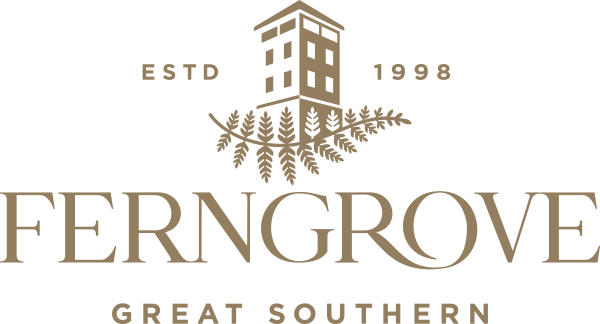Guide to Malbec

The History of Malbec
Malbec, originally from Bordeaux, France, is today most widely cultivated in Argentina. Unlike other French clarets, it is unique in not having Cabernet Franc as a parent grape. Its intriguing character stems from a rare cross of two lesser-known varieties: Magdeleine and Prunelard.
Although its popularity has declined in Bordeaux, Malbec remains prominent in nearby Cahors in south-west France, and has been planted in wine regions across the globe—from Chile and Portugal to the USA and Australia.
Part of Malbec’s historical decline is due to its susceptibility to disease and variable performance. After devastating frosts in France in 1956, many vignerons took the opportunity to replant with more reliable varieties such as Merlot. Even in Argentina, where Malbec is now considered the nation’s signature grape, a government-led vine pull in the 1980s reduced plantings from 150,000 hectares to just 10,000. However, renewed demand and the commercial success of the Argentine Malbec style have brought plantings back to around 25,000 hectares.
In Australia, Malbec was largely overlooked until the mid-1990s, partly due to the limited quality of available clonal material. Nevertheless, historical records, includingThe Oxford Companion to Wine,note that the Clare Valley had a strong reputation for Malbec even before this period. With modern viticultural techniques and a deeper understanding of Malbec’s potential, plantings in Australia increased sevenfold between 1995 and 2003.
Traditionally, Malbec has been used primarily as a blending grape to soften other varietals, with few winemakers highlighting it as a standalone wine. This, however, is beginning to change. Thanks to climatic parallels between Australian and French regions, careful vineyard management now allows Malbec to shine on its own, revealing its full depth and complexity.
Malbec at Ferngrove
Malbec accounts for 20 ha of Ferngrove’s 300 ha estate. As of the latest available data, Australia has approximately 562 hectares of Malbec planted, accounting for less than 1% of the nation's total vineyard area. This makes Malbec the 12th most planted red variety in Australia.
Frankland River is renowned for its growing season, which mirrors Bordeaux, with warm days and cool nights—an ideal climate for this variety. In 1998, the Ferngrove winemaking team recognised an opportunity to incorporate Malbec into Cabernet Sauvignon blends. Following several promising vintages in the early 2000s, the decision was made to pick, ferment, and bottle Malbec as a single-varietal wine.
Ferngrove cultivates three distinct blocks of Malbec, all managed using vertical shoot positioning. One block runs east–west, planted along the contour beside remnant bush, reflecting our founding philosophy of preserving natural bushland. Soils across the blocks vary from shallow sandy gravel over red friable clay to sandy loam over white and grey clay, imparting subtle differences in the grapes.
Situated in the deep south of Western Australia, Frankland River offers a unique microclimate that gives Malbec a distinct perfumed aroma unlike any other Australian region. Ferngrove Malbecs reveal classic varietal characters, mulberry, plum, and dark fruits, alongside notes of tobacco, bay leaf, and plush chocolate. The style leans closer to Bordeaux than the more fruit-forward expressions of Argentina.
Ferngrove Wines is one of the few in the Great Southern to produce straight Malbec. We invite you to explore this captivating variety…
Cooking with Malbec
Malbec isn’t just for drinking; it’s also a wonderful ingredient in Mediterranean cooking. Use it to:
*Deglaze a pan for a red wine reduction sauce to drizzle over roasted vegetables and meats.
*Enhance the flavours of stews or braised dishes like osso buco or lamb shanks.
*Marinate proteins like chicken or beef with olive oil, garlic, herbs, and a splash of Malbec for a Mediterranean twist.
Estate Reserve Malbec
Concentrated fruit flavours of cherry and raspberry. Fresh fruit flavours are complemented by liquorice and a medium tannin finish.
Orchid King Malbec
A rich and intense Malbec with generous blackberry mid-palate and hints of violet. Silky tannins and French oak nuances convey a delicious cigar box and toasty cedar finish.
Liquor Licence Number: 6180078139
